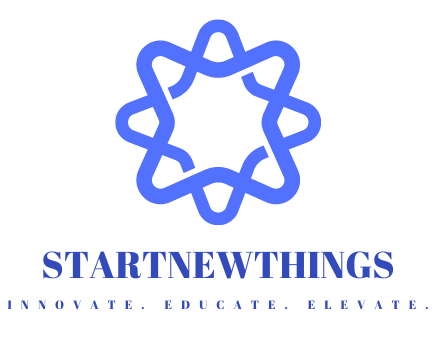DevOps Project Idea’s
1. Automated CI/CD Pipeline with Jenkins Objective: Create a CI/CD pipeline for deploying a web application. Procedure: Install Jenkins. Integrate Git for version control. Configure Jenkins to build, test, and deploy the application. Automate deployment to a staging/production server. Result: Faster and reliable software delivery with automated builds and deployments. 2. Containerization with Docker Objective: Containerize a sample application to ensure consistent deployment. Procedure: Write a Dockerfile for the application. Build and run the container. Share the container using Docker Hub. Result: Portable and consistent application deployment across environments. 3. Kubernetes Deployment Objective: Deploy a microservices-based application on Kubernetes. Procedure:...
